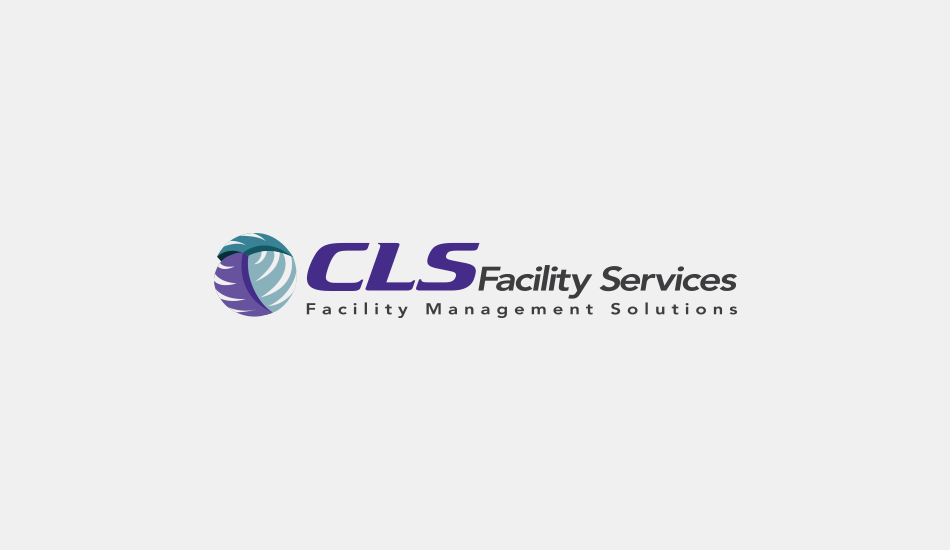A sound preventive maintenance (PM) program can help to ensure that HVAC equipment runs smoothly and efficiently. That said, unit breakdowns do occur, and if cooling is needed until that time when your unit gets fixed or replaced, know that portable cooling (also known as temporary cooling) solutions are available to you.
In our last installment on portable cooling, we talked about the advantages that it offers retailers during times when rooftop units (RTUs) don’t function properly. Now, let’s address some additional questions that we at CLS Facility Services often hear from customers who are considering portable cooling.
Is temporary/portable cooling a cost-effective strategy?
The answer really depends on how you view the question. Certainly, it’s cheaper overall when your store’s RTU runs uninterrupted without incident. During normal times like this, the standard operational costs are less than the rental and operational costs incurred when a portable cooling unit is brought into a store. That said, when cooling fails and a store heats up, the potential loss of business can be enormous. Likewise, the discomfort may also leave customers with a negative impression that lasts well beyond the short-term cooling issue. Therefore, the rental and operational costs of portable cooling are probably minor when compared to the potential loss of current and future business.
Portable cooling isn’t a one-size-fits-all proposition, however. Getting the right solution at the right time, and at the right price, will help to minimize overall costs, and ensure a smooth transition until RTU repairs can be made. How do you accomplish that? We talk about it below.
How do you determine the amount of portable cooling that is required for a particular space?
Usually, the electrical supply within a given space limits how many portable cooling units can be installed. Generally speaking, one ton of cooling is required for every 400 to 500 square feet of space.
Can a space be cooled if the portable cooling unit can’t be vented?
Ideally, you want to vent your portable cooling unit. If that isn’t possible, though, there is an alternative: water.
Think of a portable cooling unit as a package RTU . If you stand next to a package RTU when it’s running in cool mode, you can put your hand on top where the condenser fan is blowing and feel the heat that is being “pulled” off of the hot condenser coil. This is how heat is usually removed from a space – i.e., through absorption of heat into refrigerant gas housed within the evaporation coil. (Just to get a bit technical – we love talking about this stuff – that refrigerant gas is compressed within the condenser, which prompts a condenser fan motor to remove the heat.)
Here’s the gist: In spaces where the portable cooling unit can’t be vented, a “water source heat pump” can be used in place of a condenser fan motor to remove heat from the condenser coil. In this case, a water hose runs over and through the condenser coil, absorbs the heat, and uses another hose to drain the warmed and used water. With a water source heat pump, the hot and used water can simply be discarded into a drain.
Who do I call?
If you utilize an experienced national facility services provider, that provider should have connections all over the country, so no matter which store needs temporary cooling, the provider should be able to get it there quickly. As a facilities manager, you’ll want to ask some basic questions at the front-end of the process: What is the delivery time? How quickly can it be removed from your store once that store’s RTU is repaired?
Understand that every day a portable cooling unit is on site in a store, that store is incurring a charge for it, even if it’s not being used.
What advantages can a national HVAC facility services provider offer?
A national facility services provider has the connections, the infrastructure and the experience to get the portable cooling unit where it needs to be, quickly and cost-efficiently – usually within 24 hours. A national services provider has industry clout, so they negotiate favorable rates as well. Once it’s on site, that provider likely handles the RTU repair, so they know exactly when to cut off portable cooling service and remove the unit. As a result, you’ll never incur additional rental charges for time the unit isn’t being used.
Therefore, the coordination of drop off, pickup, national pricing and experience makes a national HVAC service provider the logical choice here.
Again, portable cooling is a temporary solution to help bridge the gap between the time that an HVAC unit experiences problems, and the time that repairs can be scheduled, and ultimately made. In these cases, we believe your wisest choice is to call an established company with professional experts to implement the solution quickly, safely, cost effectively, and with minimal disruption to tenants. For any questions about portable cooling, CLS’s national HVAC services, or all other facility services we offer, please call us at 800-548-3542.




